Whether you’re a health-conscious individual or someone with a specific medical condition, finding a reliable and accurate blood pressure monitor is paramount.
In this blog post, we will provide you with 10 essential tips to help you make an informed decision and empower you to take control of your cardiovascular health.
Different Types of Blood Pressure Monitors
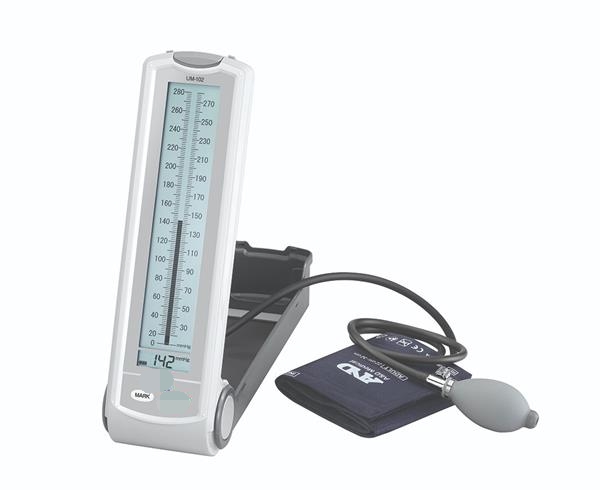
Mercury Column Blood Pressure Monitor
Mercury column blood pressure monitors have long been recognized for their durability and accuracy in measuring blood pressure.
The use of a mercury column allows for stable and precise readings, making them a trusted choice among healthcare professionals.
Despite their accuracy, mercury column blood pressure monitors have certain limitations and inconveniences.
The measurement process relies heavily on the experience of clinicians and their ability to accurately interpret Korotkoff sounds.
External noise can interfere with the recognition of Korotkoff sounds, affecting the accuracy of readings. Mercury column monitors are also bulkier and less portable compared to other types of monitors, making them less convenient for on-the-go use.
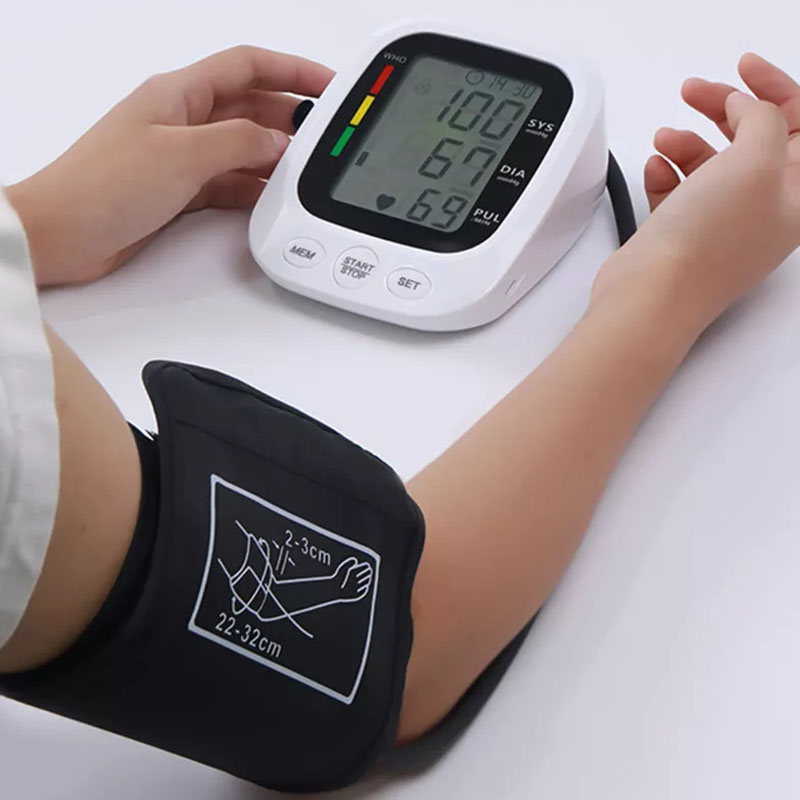
Electronic Digital Blood Pressure Monitor
Electronic Digital blood pressure monitors utilize oscillometric technology to measure blood pressure.
These monitors detect the vibrations in the artery caused by blood flow and convert them into digital readings displayed on a screen.
Electronic digital monitors are user-friendly, as they eliminate the need for clinicians to auscultate Korotkoff sounds.
They are portable and convenient, allowing for easy at-home monitoring.
Electronic digital monitors may be sensitive to body position, arm position, and cuff placement, potentially leading to variations in readings.
Also, they can be affected by external factors such as movement or improper cuff fit, which may result in inaccurate measurements.

Aneroid sphygmomanometer
Aneroid sphygmomanometers utilize a mechanical gauge to measure blood pressure.
They rely on a spring mechanism to display readings on a dial.
Aneroid sphygmomanometers are portable and do not require electricity or batteries.
They provide reliable readings when properly calibrated and maintained. But Aneroid sphygmomanometers may require regular calibration and maintenance to ensure accuracy. Mechanical components can wear over time, affecting measurement precision.

Wrist Cuff Automatic Digital Blood Pressure Meter
Wrist cuff automatic digital blood pressure meters employ oscillometric technology for blood pressure measurement.
They feature an automated inflation and deflation process, making them user-friendly.
Wrist cuff automatic digital meters offer ease of use with automated inflation and deflation.
They are compact, making them convenient for on-the-go monitoring. But wrist cuff measurements may be influenced by the position of the wrist and the fit of the cuff, leading to potential variations in readings.
Common Functions and Usage Methods of Electronic Sphygmomanometers
Automatic Inflation and Deflation
Electronic sphygmomanometers feature automatic inflation and deflation, eliminating the need for manual pumping.
The cuff inflates to the appropriate blood pressure machine and level based on the user’s settings or the device’s default setting.
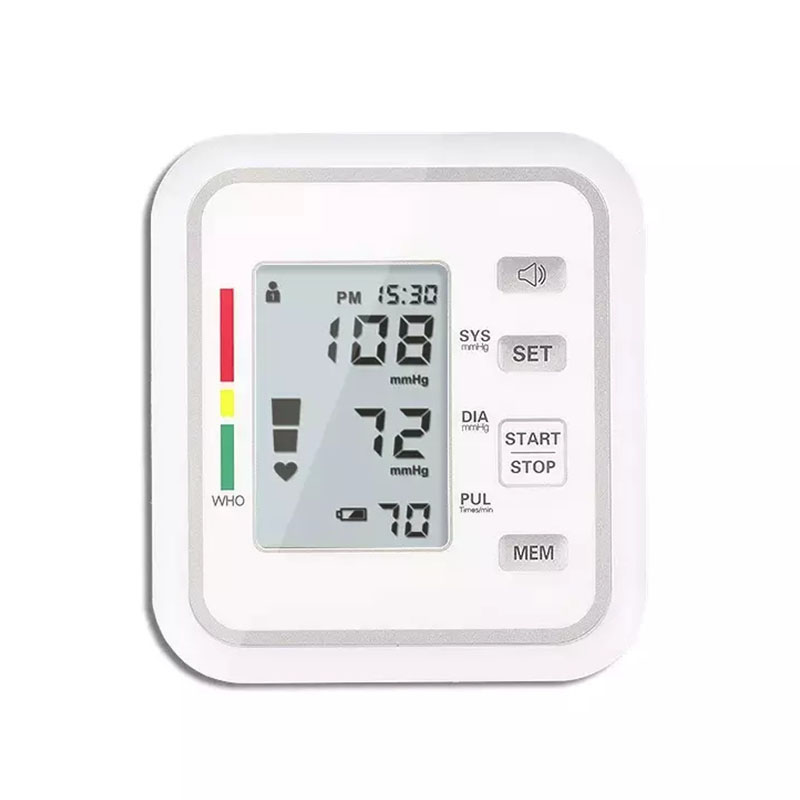
Measurement Display and Memory Storage
Electronic sphygmomanometers provide clear measurement displays, typically in digital format, making it easy to read blood pressure values.
They often have built-in memory storage, allowing users to track and monitor their blood pressure trends over time.
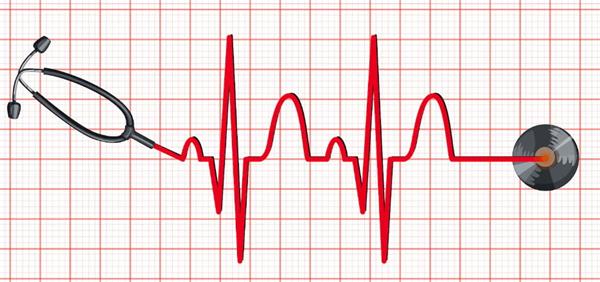
Irregular Heartbeat Detection
Many electronic sphygmomanometers incorporate an irregular heartbeat detection feature.
They can detect irregular heart rhythms during measurement and alert the user to seek further medical attention if necessary.
Multiple User Profiles
Some electronic sphygmomanometers support multiple user profiles, allowing different individuals to store their measurements separately.
Each user can have their own set of readings, making it convenient for families or households to store readings with multiple users.

Connectivity to Mobile Apps and Health Platforms
Modern electronic sphygmomanometers often come equipped with wireless connectivity options, enabling data transfer to mobile apps or health platforms.
Users can sync their blood pressure readings with compatible apps, making it easier to manage and share their health data.
Factors to Consider When Choosing a Blood Pressure Monitor
Accuracy and Precision
Accuracy is paramount when selecting a blood pressure monitor. Look for devices that have been clinically validated with accuracy rates of at least 95%.
Precision is crucial for consistent and reliable readings. Seek monitors that have a narrow range of measurement errors, such as ±3 mmHg, to ensure precise tracking.

Cuff Size and Comfort
Optimal cuff size is essential for accurate measurements. Select a monitor with different cuff sizes or an adjustable cuff to fit your upper arm circumference properly.
Consider comfort during measurement to promote relaxation and accurate readings. Look for cuffs made from soft and breathable materials.
Ease of Use and Readability
Choose a user-friendly monitor with intuitive controls and clear instructions for straightforward operation.
Prioritize monitors with a large, backlit display and high-contrast digits for easy readability, even for individuals with visual impairments.
Memory and Data Management
Opt for a monitor with ample memory capacity to store multiple readings. A minimum of 60 memory slots is recommended for efficient tracking.
Consider monitors with data management features, such as the ability to transfer readings to a smartphone app or computer for long-term tracking and analysis.
Power Source and Portability
Assess the power source options of the monitor. Battery-operated monitors offer portability, while those with AC adapters are suitable for continuous use at home.
Consider the portability of the monitor, especially if you plan to use it while traveling. Look for lightweight and compact designs that fit easily into a travel bag.
Selecting the Right Blood Pressure Monitor for Your Needs

Home Use vs. Professional Use
Differentiate between home use and professional use blood pressure monitors. Home use manual blood pressure monitors are designed for personal monitoring and management of blood pressure levels, while professional use monitors are intended for medical consultations and healthcare facilities.
Personal Preferences and Lifestyle Factors
Take into account your personal preferences when selecting a blood pressure monitor. Consider factors such as cuff type (wrist or the upper arm cuff), display size, and ease of use.
Assess your lifestyle and daily activities. If you travel frequently or have an active lifestyle, a portable and compact monitor would be more convenient.
Consultation with Healthcare Professionals
Seek guidance from healthcare professionals to ensure you choose the most suitable blood pressure monitor. Discuss your specific health needs, any underlying conditions, and accuracy requirements.
Popular and Reliable Blood Pressure Monitor Brands
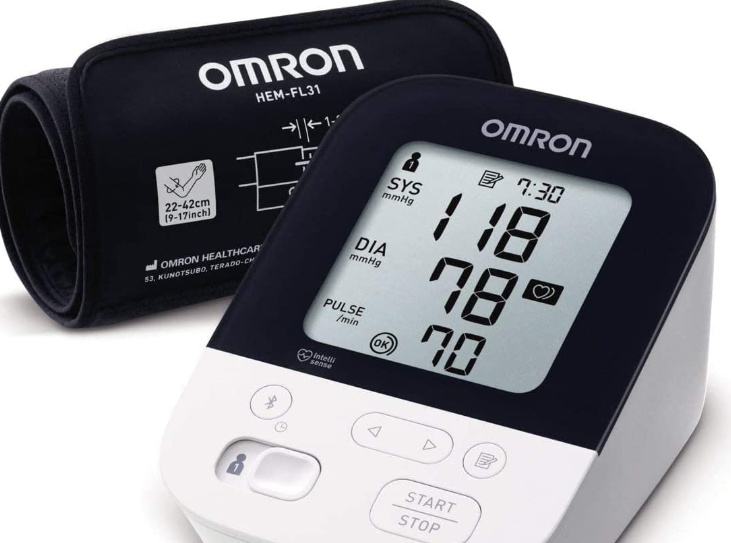
Omron
Omron offers a wide range of blood pressure monitors with various features to cater to different user needs. Their products include both upper arm blood pressure, and wrist monitors, with features such as advanced accuracy, irregular heartbeat detection, and multi-user capability.
Omron has established a strong reputation in the market for producing high-quality and reliable blood pressure monitors. Customers often praise the accuracy and ease of use of Omron’s many blood pressure monitors, making them a popular choice among users seeking reliable blood pressure monitoring solutions.
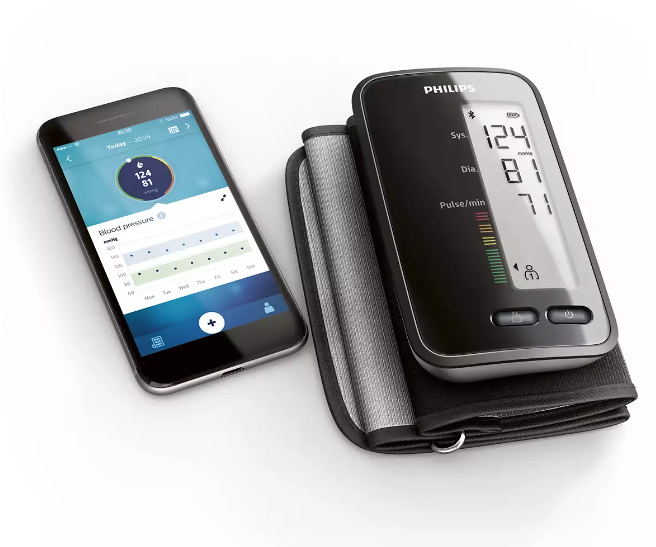
Philips
Philips is another well-known brand in the field of healthcare technology, offering a diverse range of blood pressure monitors. Their product line includes innovative features such as IntelliWrap cuff technology, which ensures accurate measurements arm blood pressure monitor regardless of cuff placement, and wireless connectivity for easy data management.
Philips has built a solid reputation for producing blood pressure monitors that combine accuracy, convenience, and advanced technology. Customers appreciate the user-friendly design and intuitive interfaces of Philips’s best blood pressure monitors too, making them a trusted brand among individuals looking for reliable blood pressure monitoring devices.
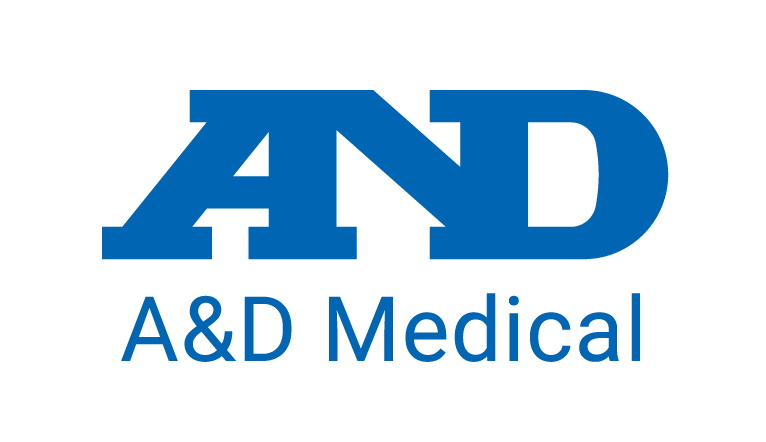
A&D Medical
A&D Medical is a reputable brand known for its comprehensive range of blood pressure monitors. Their product lineup encompasses both upper arm and wrist monitors, offering features like advanced averaging, hypertension risk indicators, and large backlit displays for clear readings.
A&D Medical has gained recognition for producing accurate results and clinically validated blood pressure monitors. Customers often highlight the durability and reliability of A&D Medical products, making them a popular choice among individuals seeking trustworthy blood pressure monitoring solutions.
These brands have garnered positive feedback from customers and are known for their commitment to accuracy, reliability, and user-friendly features in their blood pressure monitors.
How to Purchase Blood Pressure Monitors from China
Finding Reputable Suppliers
Utilize online B2B platforms, industry directories, and trade shows to find reliable suppliers. Verify their legitimacy by checking their business licenses, certifications, and company profiles.
Seek recommendations from industry professionals or colleagues who have experience in sourcing products from China.

Quality Assurance and Certifications
Ensure that the blood pressure monitors from Chinese suppliers meet quality standards and certifications. Look for products that comply with international quality certifications such as ISO 13485 or CE marking.
Request samples from potential blood pressure monitor suppliers to evaluate the quality, accuracy, and performance of their blood pressure monitors before making a bulk purchase.
Consider conducting third-party inspections or audits to ensure the supplier’s manufacturing processes and quality control measures are up to par.
Importing and Shipping Considerations
Familiarize yourself with the import regulations and requirements for bringing blood pressure monitors into your country from China. This includes customs documentation, import taxes, and any specific product regulations.
Choose a reliable shipping method that offers reasonable transit times and provides shipment tracking for better visibility and peace of mind.
Consider consolidating your orders or using a freight forwarder to optimize shipping costs and streamline the logistics process.
Communication and Negotiation Tips
Establish clear and effective communication channels with the suppliers. Ensure that both parties have a shared understanding of product specifications, pricing, lead times, and payment terms.
Seek to build a long-term relationship with the supplier based on trust, transparency, and open communication. Regularly communicate your expectations and address any concerns or issues promptly.
Negotiate pricing and terms to achieve a fair agreement. Be prepared to negotiate on factors such as product quantity, packaging, payment terms, and delivery schedules.
When purchasing blood pressure monitors from China, it’s crucial to prioritize quality assurance, certifications, and effective communication to ensure a smooth sourcing process and obtain reliable products from reputable suppliers.
Tips for Buying Blood Pressure Monitors Online
Choosing Reliable Online Retailers
Look for Established Healthcare Retailers: Opt for well-known online retailers that specialize in healthcare or medical equipment. Examples include reputable websites like Healthline, Walgreens, or CVS Pharmacy. These platforms often have a wide selection of blood pressure monitors from trusted brands.
Check Customer Reviews and Ratings: Read reviews and ratings from previous customers to gauge the retailer’s reliability. Look for feedback on product quality, shipping speed, and customer service. Consider platforms that consistently receive positive reviews for their prompt and reliable services.
Verify Secure Website Features: Ensure the retailer’s website has proper security measures. Look for indicators like HTTPS encryption in the website URL, secure payment options (e.g., credit card, PayPal), and trust seals from reputable security providers.
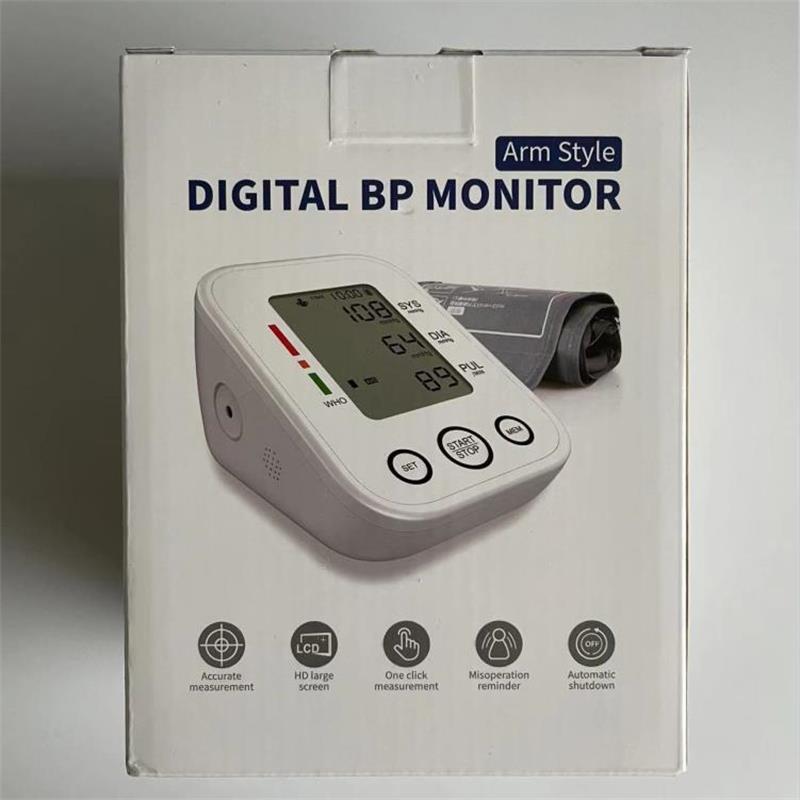
Reading Product Descriptions and Specifications
Understand Measurement Accuracy: Pay attention to the stated accuracy of the blood pressure monitor. Look for devices that provide clinically validated accuracy, preferably certified by organizations like the Association for the Advancement of Medical Instrumentation (AAMI) or the British Hypertension Society (BHS).
Consider Cuff Size and Comfort: Check the recommended arm circumference range for the cuff to ensure it fits comfortably. A cuff that is too tight or too loose may affect the accuracy of readings. Some manufacturers offer different cuff sizes to accommodate various arm sizes.
Assess Additional Features: Evaluate the features that align with your needs, such as irregular heartbeat detection, multiple user profiles, data storage capabilities, or compatibility with mobile apps for tracking and analysis. Ensure the product description clearly states the presence of these features.
Customer Reviews and Rating
Look for Consistent Positive Feedback: Focus on blood pressure monitors with a high number of positive reviews, specifically highlighting accuracy, ease of use, and durability. Multiple positive reviews provide confidence in the product’s performance and reliability.
Consider User Experiences Similar to Your Needs: Pay attention to reviews from users with similar circumstances, such as age, health conditions, or lifestyle. Their insights can help you assess how well the blood pressure monitor will suit your specific requirements.
Warranty and Return Policies
Check Warranty Coverage: Review the manufacturer’s warranty information provided by the online retailer. Look for warranties that cover a reasonable duration, typically at least one year. A longer warranty period indicates the manufacturer’s confidence in their product’s quality.

Secure Payment Methods
Prioritize Trusted Payment Gateways: Opt for online retailers that offer well-known and secure payment methods, such as major credit cards or trusted third-party payment processors like PayPal. These options provide an extra layer of protection for your financial information.
Avoid Suspicious Websites: Be cautious of websites that lack secure payment options or ask for sensitive information through insecure channels. Stick to reputable platforms with established security measures to mitigate the risk of fraud or data breaches.
By following these practical tips, you can make informed decisions when purchasing blood pressure monitors online. Remember to choose reliable retailers, carefully assess product descriptions and specifications, consider customer reviews, understand warranty and return policies, and prioritize secure payment methods. This approach will help ensure a smooth and satisfactory online shopping experience while selecting a blood pressure monitor that meets your specific needs.
Common Pitfalls and Suggestions for Purchasing Blood Pressure Monitors
Avoiding Counterfeit Products
Be cautious of unbelievably low prices: If a blood pressure cuff or a monitor is priced significantly lower than its competitors, it could be a red flag for a counterfeit product. Genuine brands maintain a certain price range based on their quality and features.
Purchase from authorized sellers: Stick to reputable retailers, authorized distributors, or the official websites of well-known brands. This helps minimize the risk of purchasing counterfeit or imitation devices.

Understanding Product Specifications
Learn about essential features: Familiarize yourself with the key features and specifications of blood pressure monitors. Understand terms such as systolic pressure, diastolic, baseline blood pressure reading, pulse rate, cuff size, memory capacity, and accuracy ratings. This knowledge will enable you to make an informed decision based on your specific requirements.
Consider your health condition: If you have specific health concerns, such as arrhythmia or high blood pressure, ensure that the blood pressure monitors you choose has the necessary features to detect and monitor these conditions accurately.
Checking for Calibration and Accuracy
Verify calibration requirements: Some blood pressure monitors may require periodic calibration to monitor properly and maintain accuracy. Check the manufacturer’s guidelines to understand if calibration is necessary and how it can be performed.
Look for accuracy certifications: Seek blood pressure monitors that have been independently tested and certified for accuracy by reputable organizations such as the Association for the Advancement of Medical Instrumentation (AAMI) or the British Hypertension Society (BHS). These certifications provide assurance of reliable and consistent measurements.
Seeking Expert Advice
Consult healthcare professionals: If you have specific health conditions or concerns, it’s advisable to consult with your healthcare provider or a qualified medical professional. They can provide valuable guidance on selecting a blood pressure monitor that suits your needs and ensures accurate monitoring.
Seek advice from reputable sources: Look for reliable sources of information, such as medical journals, trusted healthcare websites, or professional organizations like the American Heart Association. These sources can offer insights into the latest advancements, recommended brands, and best practices for blood pressure monitoring.
Frequently Asked Questions About Blood Pressure Monitors
What is a Normal Blood Pressure Reading?
- A normal blood pressure reading for adults is typically around 120/80 mmHg. The top number (systolic pressure) represents the pressure in the arteries when the heart beats, while the bottom number (diastolic pressure) represents the pressure when the heart is at rest.
Is Wrist Blood Pressure Monitors Accurate?
- Wrist blood pressure monitors can be accurate when used correctly. However, it’s important to follow the manufacturer‘s instructions carefully, position your wrist at heart level, and avoid excessive movement during measurements. Keep in mind that upper arm blood pressure monitors are generally considered more reliable.
How Often Should I Check My Blood Pressure?
- The frequency of blood pressure checks may vary depending on individual health conditions and recommendations from healthcare professionals. In general, it is advisable to monitor blood pressure at least once a month or as advised by your doctor, especially if you have hypertension or other cardiovascular risk factors.
Which Brand of Blood Pressure Monitor is Most Accurate?
- Several reputable brands produce accurate blood pressure monitors. However, it’s important to choose a monitor that has been validated for accuracy by independent organizations, such as the Association for the Advancement of Medical Instrumentation (AAMI) or the British Hypertension Society (BHS). Popular brands known for their accuracy include Omron, Philips, and A&D Medical.
Can Blood Pressure Monitors Replace Doctor Visits?
- While blood pressure monitors are valuable tools for self-monitoring, they do not replace regular visits to your healthcare provider. Doctor visits are essential for comprehensive assessments, interpreting your blood pressure readings, and adjusting medications or treatment plans if necessary.
Are Blood Pressure Cuffs Covered by Insurance?
- Coverage for blood pressure cuffs may vary depending on your insurance plan. Some insurance policies may cover the cost of a blood pressure monitor if it is deemed medically necessary. It is recommended to check with your insurance provider to understand your specific coverage details.
How to Properly Maintain and Clean a Blood Pressure Monitor?
- Follow the manufacturer‘s instructions for cleaning and maintenance. Typically, you can clean the cuff with a mild soap and water solution or disinfectant wipes. Avoid submerging the monitor in water and store it in a clean, dry place when not in use. Regularly inspect the cuff and tubing for any signs of wear or damage.
Can I Use a Blood Pressure Monitor During Pregnancy?
- It is generally safe to use a blood pressure monitor during pregnancy, but it’s important to consult with your healthcare provider for specific guidance. Some monitors have specific settings for pregnancy, and your doctor can advise you on how often to check your blood pressure and what readings to aim for during this time.
What are the Potential Risks or Side Effects of Using a Blood Pressure Monitor?
- When used correctly, blood pressure monitors are considered safe. However, incorrect usage, such as applying an incorrectly sized cuff or improper positioning, can lead to inaccurate readings. Additionally, some individuals may experience discomfort or bruising from tight cuffs. It’s crucial to follow instructions and seek professional guidance if you have concerns.
Can I Share My Blood Pressure Monitor with Others?
- Sharing a blood pressure monitor with others is generally not recommended, as each person may require specific cuff sizes and personalized settings. To ensure accurate readings and avoid contamination, it is best to use individualized blood pressure monitors for each person.
What is the Cost Range of Blood Pressure Monitors?
- The cost of blood pressure monitors can vary depending on the brand, features, and type. Generally, home blood pressure monitors range from around $30 to $200 or more. Consider your budget, desired features, and accuracy certifications when selecting a monitor.
How Long Do Blood Pressure Monitors Last?
- The lifespan of a blood pressure monitor can vary depending on usage, maintenance, and quality. On average, a well-maintained blood pressure monitor can last around 3 to 5 years. However, it is important to regularly check the accuracy and functionality of your monitor and replace it if necessary.
How to Troubleshoot Common Issues with Blood Pressure Monitors?
- If you encounter common issues with your blood pressure monitor, such as inconsistent readings or error messages, consider the following troubleshooting steps:
- Ensure proper cuff placement and fit.
- Check the batteries or power source.
- Clean the monitor and cuff according to the manufacturer‘s instructions.
- Consult the user manual for specific troubleshooting guidance.
- If problems persist, contact the manufacturer‘s customer support for further assistance.
What is the recommended arm position for accurate blood pressure readings?
The recommended arm position is to have it supported and resting comfortably at heart level, either on a table or using an armrest.
How long should I wait between blood pressure measurements?
It is recommended to wait for at least 1 to 2 minutes between blood pressure measurements to allow your blood vessels to return to their normal state.
Are there any factors that can affect blood pressure measurements?
Yes, various factors can affect blood pressure measurements, including caffeine intake, smoking, physical activity, stress, and certain medications. It’s important to take these factors into consideration when monitoring your blood pressure.
Can I use a blood pressure monitor if I have an irregular heartbeat?
Most modern blood pressure monitors have the capability to detect irregular heartbeats. However, it’s recommended to consult with your healthcare professional for specific guidance if you have an irregular heartbeat.
Is it necessary to calibrate a blood pressure monitor?
Generally, blood pressure monitors do not require calibration. However, it’s essential to ensure the device is regularly checked for accuracy and validated against a calibrated device, especially in clinical settings.
Are wrist blood pressure monitors as accurate as upper arm monitors?
Wrist blood pressure monitors can provide accurate readings when used correctly. However, they may be more susceptible to user errors and arm positioning variations compared to upper arm monitors.
How do I interpret the systolic and diastolic numbers in a blood pressure reading?
The systolic number represents the pressure in your arteries when your heart beats, while the diastolic number represents the pressure when your heart is at rest between beats. Both numbers are essential in assessing your blood pressure health.
How should I store my blood pressure monitor?
It’s recommended to store your blood pressure monitor in a cool, dry place, away from direct sunlight and extreme temperatures. Follow the manufacturer’s instructions for proper storage to maintain the device’s accuracy and longevity.
Can I use a blood pressure monitor to monitor my blood pressure during pregnancy?
It’s essential to consult with your healthcare provider for guidance on monitoring blood pressure during pregnancy. They may recommend specific guidelines or adjustments for accurate and safe blood pressure monitoring.
Can I use a smartphone app for blood pressure monitoring?
There are smartphone apps available that can work in conjunction with compatible blood pressure monitors. However, it’s important to ensure the app and device are validated and meet the accuracy standards recommended by healthcare professionals.
Are there any age restrictions for using a blood pressure monitor?
Blood pressure monitors can be used by individuals of various ages. However, for children or individuals with specific health conditions, it’s advisable to consult with a healthcare professional for appropriate monitoring techniques and device selection.
Can I use a blood pressure monitor if I have a pacemaker?
If you have a pacemaker or other implanted medical devices, it’s crucial to consult with your healthcare provider before using a blood pressure monitor to ensure its compatibility and avoid any potential interference.
By addressing these frequently asked questions about blood pressure monitors, you can gain a better understanding of their usage, accuracy, maintenance, and potential risks. Remember to consult with healthcare professionals for personalized advice and follow the instructions provided by the manufacturer for optimal use and accurate monitoring.
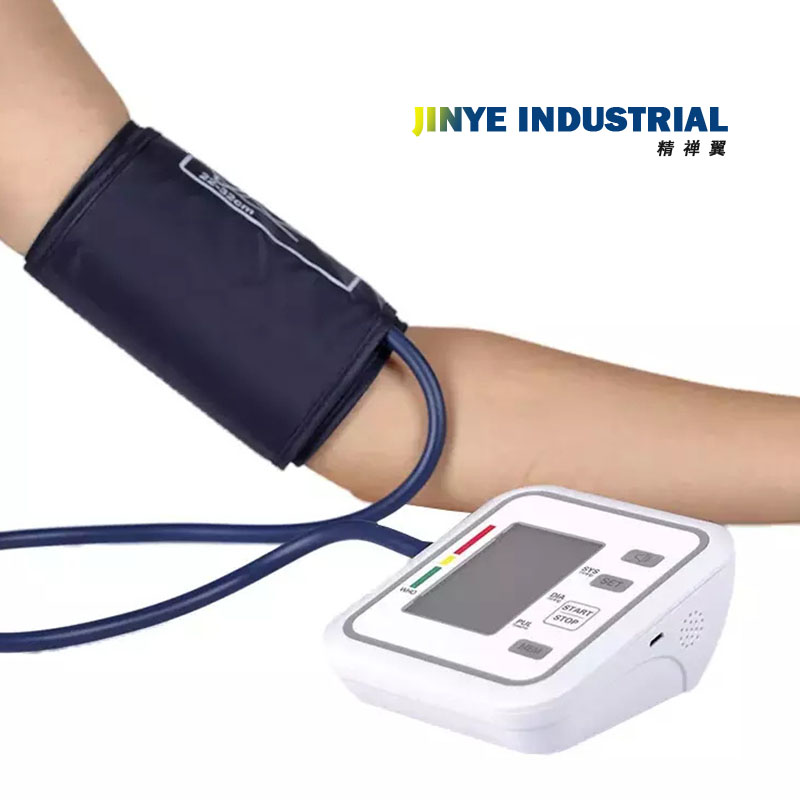
Conclusion
In conclusion, this comprehensive guide has provided valuable insights into choosing the best blood pressure monitor. By following these 10 essential tips, readers can make informed decisions and prioritize their health. Empowering individuals to monitor their blood pressure accurately and conveniently, this article aims to promote proactive healthcare practices.



